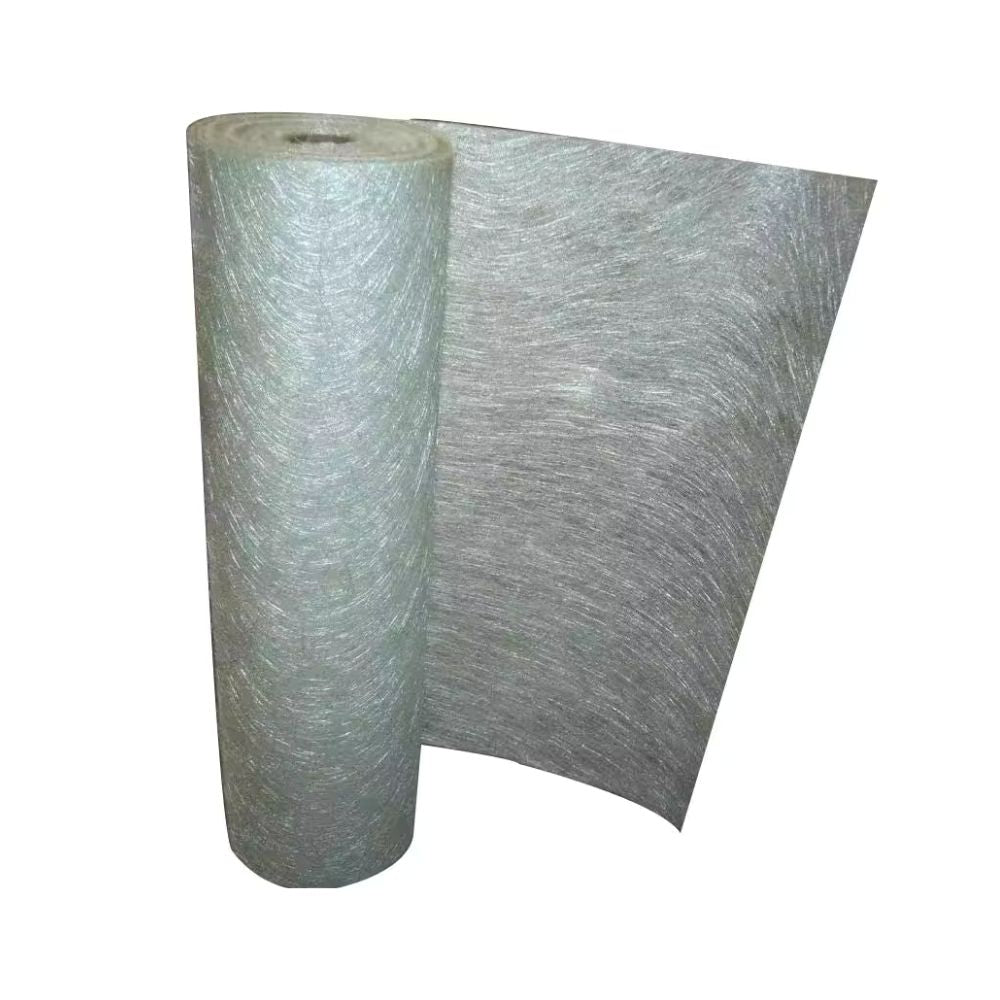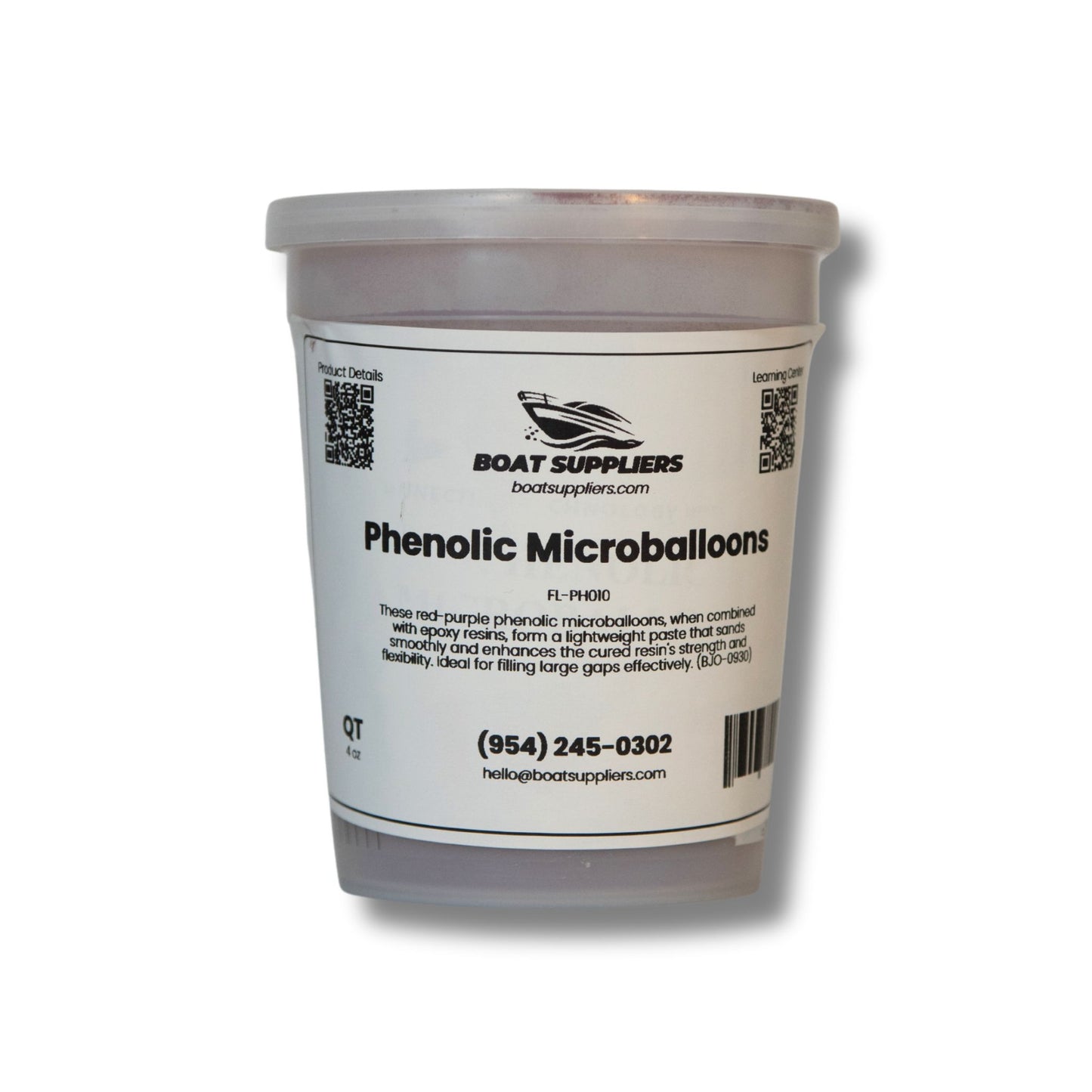
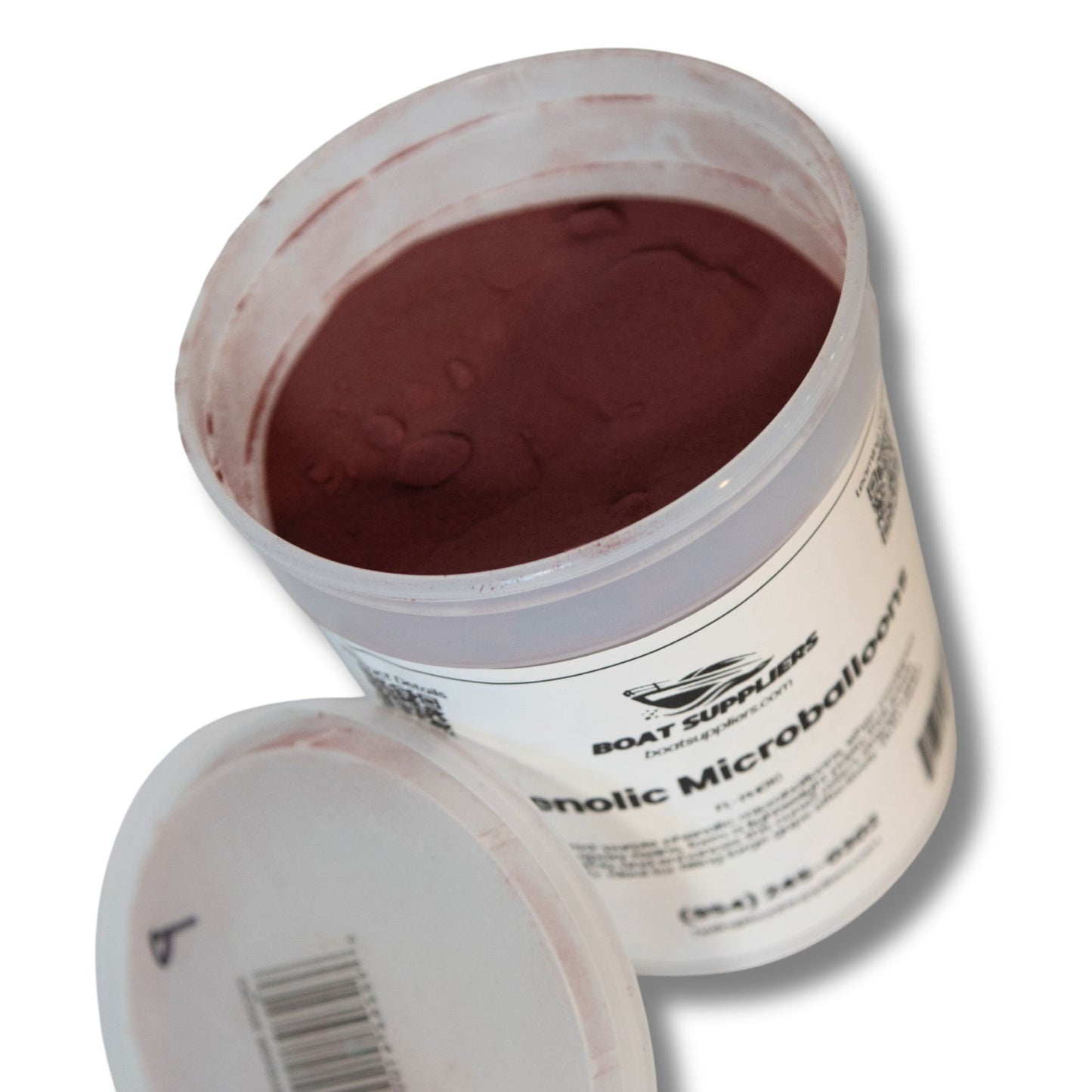

Epoxy Calculator
Calculate the right amount of epoxy with our epoxy resin calculator. Get accurate estimates for boat building, repairs, and coating projects to ensure a smooth application.
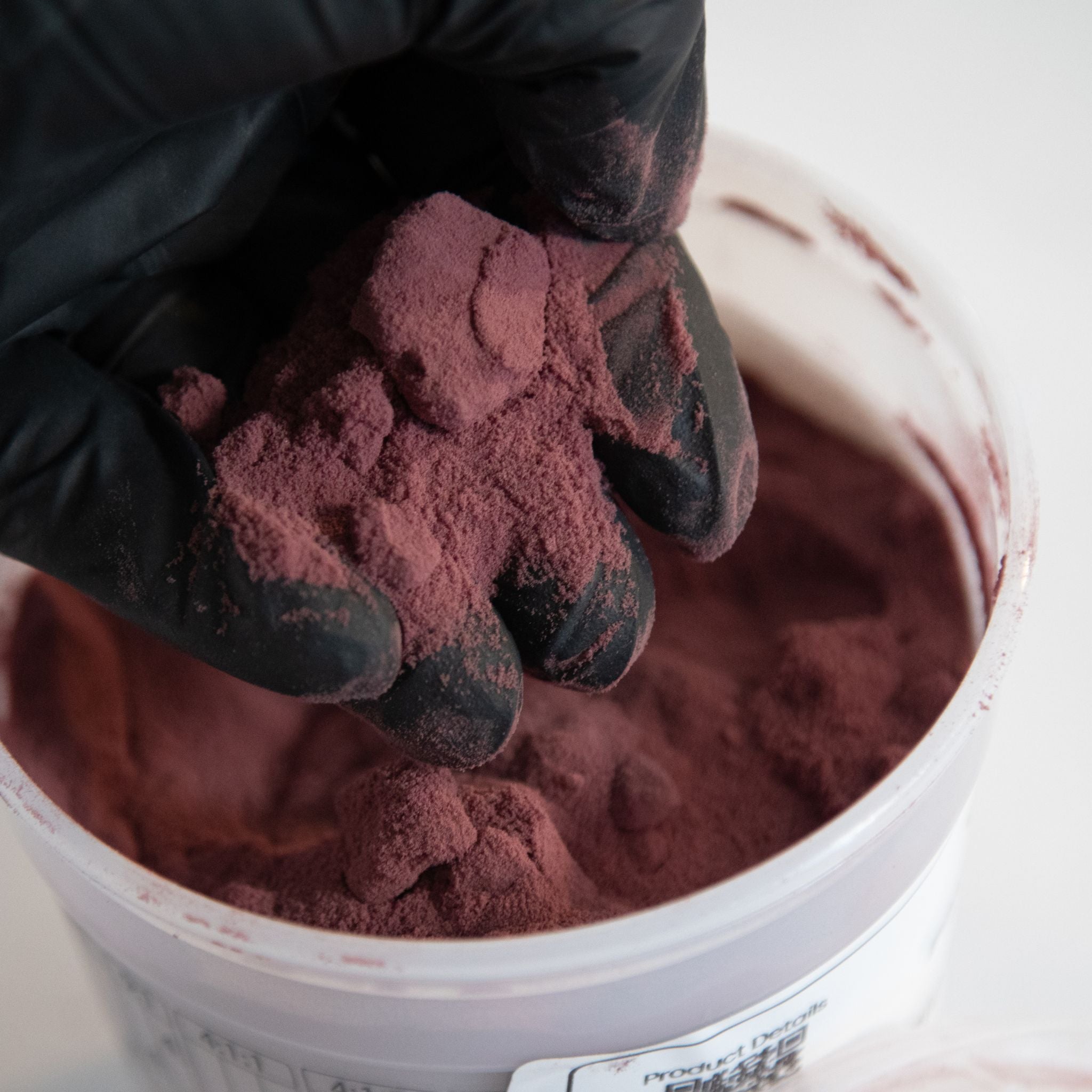
FREE SHIPPING ON ORDERS OVER $99

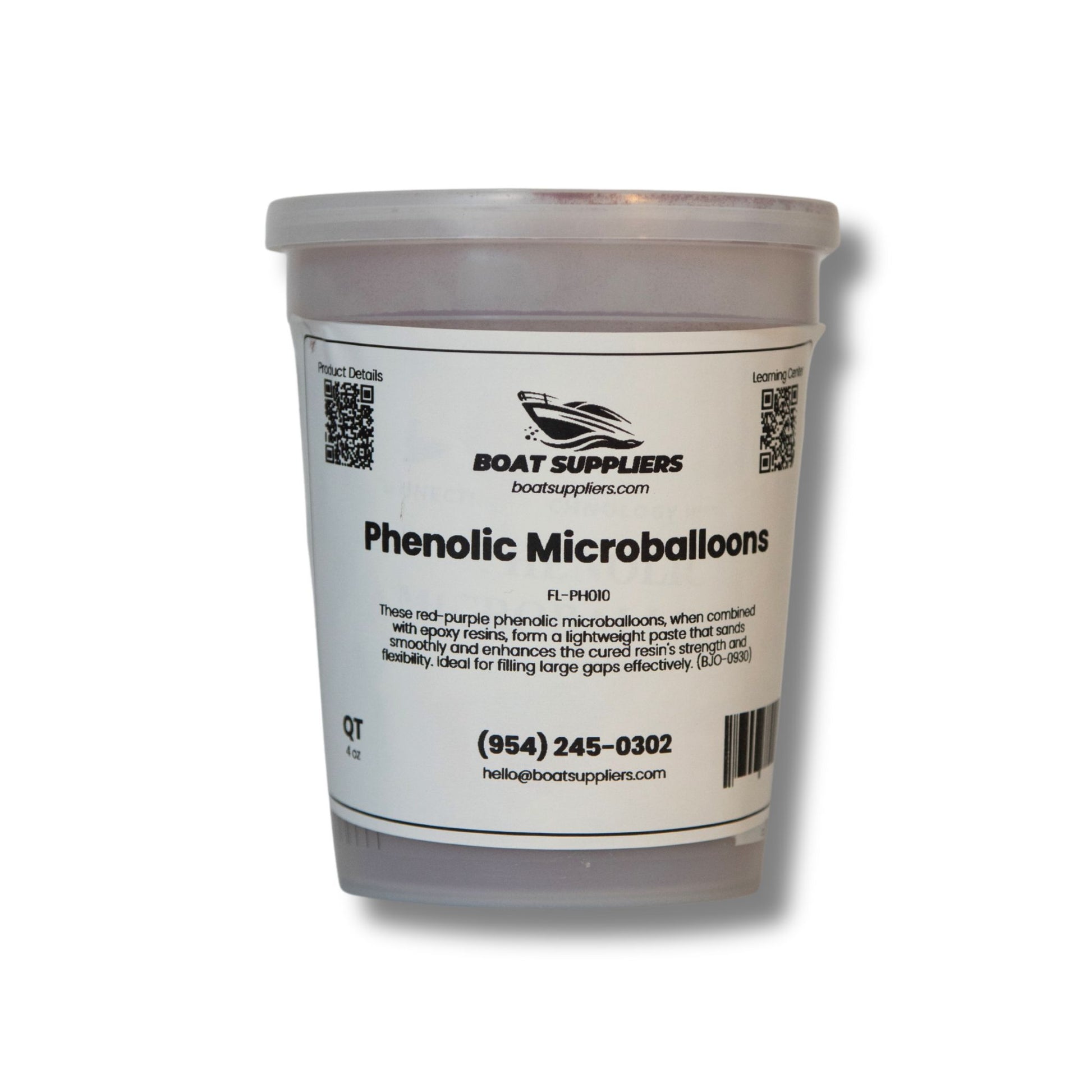
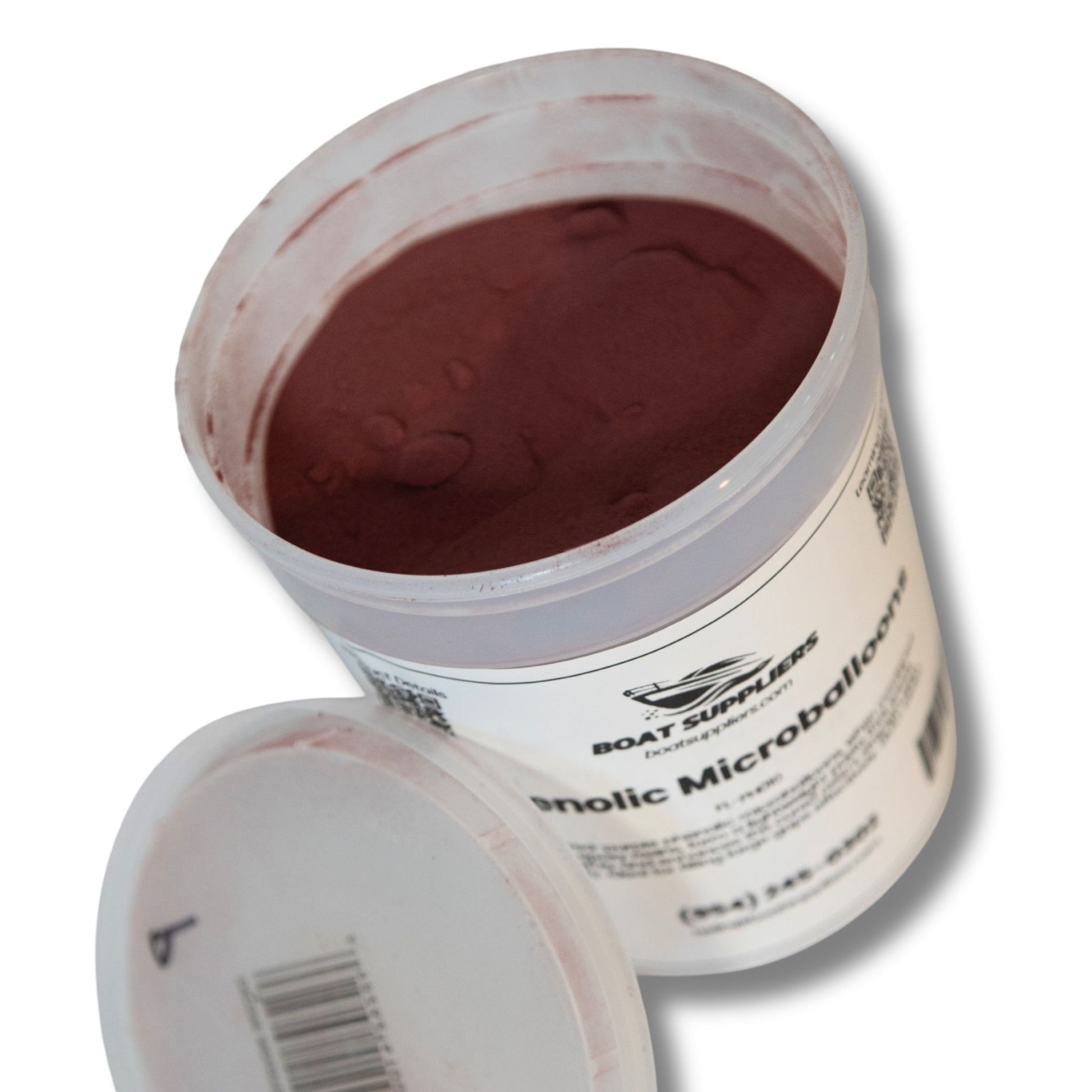
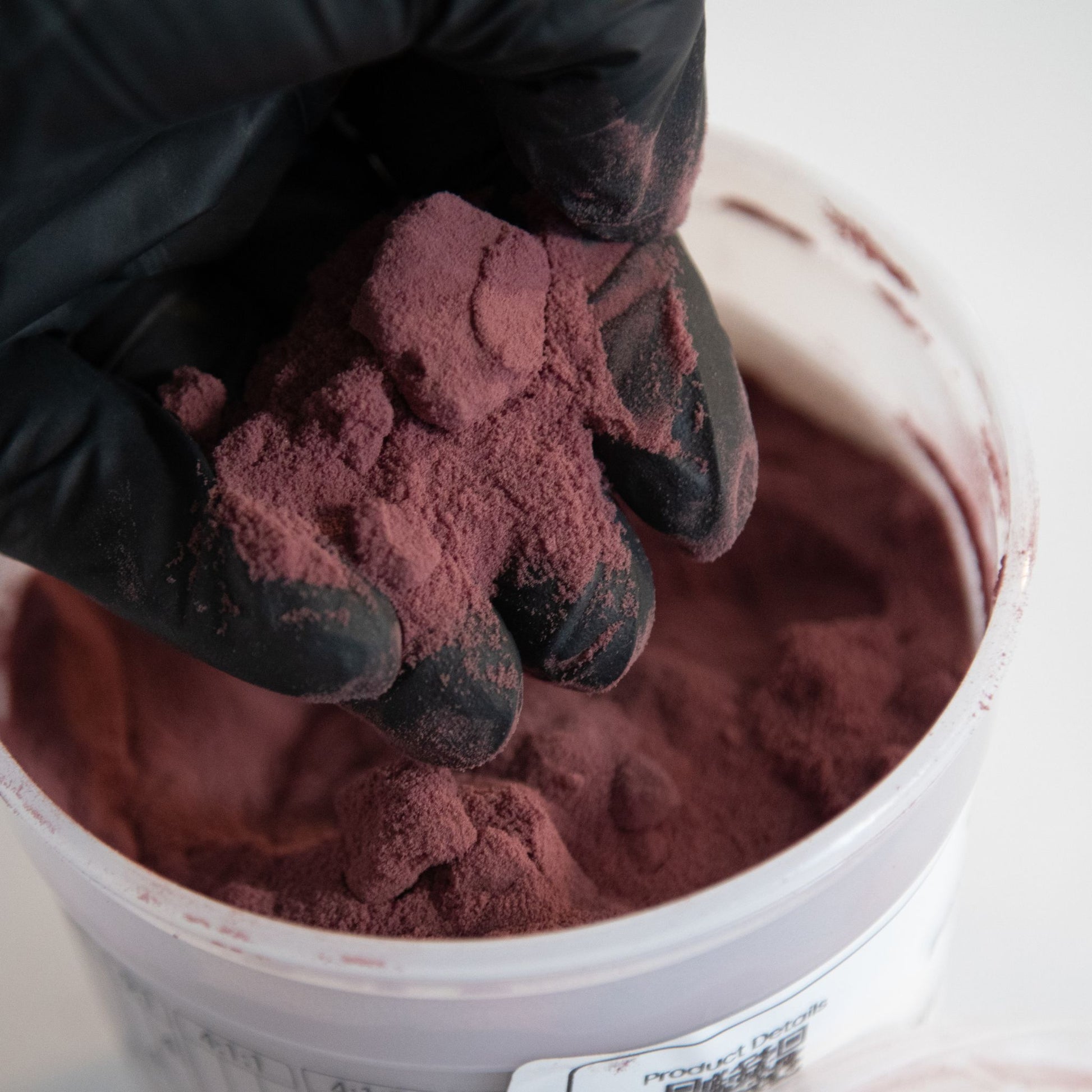
SKU:FL-PH010
145 in stock
Couldn't load pickup availability
These red-purple phenolic microballoons, when combined with epoxy resins, form a lightweight paste that sands smoothly and enhances the cured resin's strength and flexibility. Ideal for filling large gaps effectively. (BJO-0930)
(Epoxy or Polyester Resin Compatible)
Phenolic microballoons are ultra-lightweight, hollow microspheres made from phenolic resin, designed for creating fairing and low-density filler compounds in boatbuilding and composite work. Their excellent sanding properties make them ideal for surface smoothing and cosmetic applications.
Phenolic microballoons are an essential fairing filler for boaters seeking a smooth, easily sanded finish on hulls, decks, and topsides, while minimizing added weight.
Phenolic Microballoons



Calculate the right amount of epoxy with our epoxy resin calculator. Get accurate estimates for boat building, repairs, and coating projects to ensure a smooth application.

Phenolic microballoons are lightweight, hollow spheres made from phenolic resin. They are commonly used as a filler material in boatbuilding and composite repair to create fairing compounds, lightweight putties, and to reduce resin density.
In boating, phenolic microballoons are often mixed with epoxy resin to create a fairing compound that is easy to sand and shape. This mixture is ideal for smoothing hulls, decks, and other surfaces before painting or finishing.
To use phenolic microballoons, mix them gradually into a two-part epoxy resin until you reach the desired consistency—typically a peanut butter-like texture for fairing applications. Always follow your epoxy manufacturer’s instructions for mixing ratios.
You can also use our Epoxy Calculator to help you determine the right quantities.
No, phenolic microballoons are designed for fairing and cosmetic work, not for structural bonding or load-bearing applications. For structural repairs, use a high-strength filler like colloidal silica.
They can be used with both epoxy and polyester resins, although they are more commonly paired with epoxy for superior bonding and moisture resistance.
